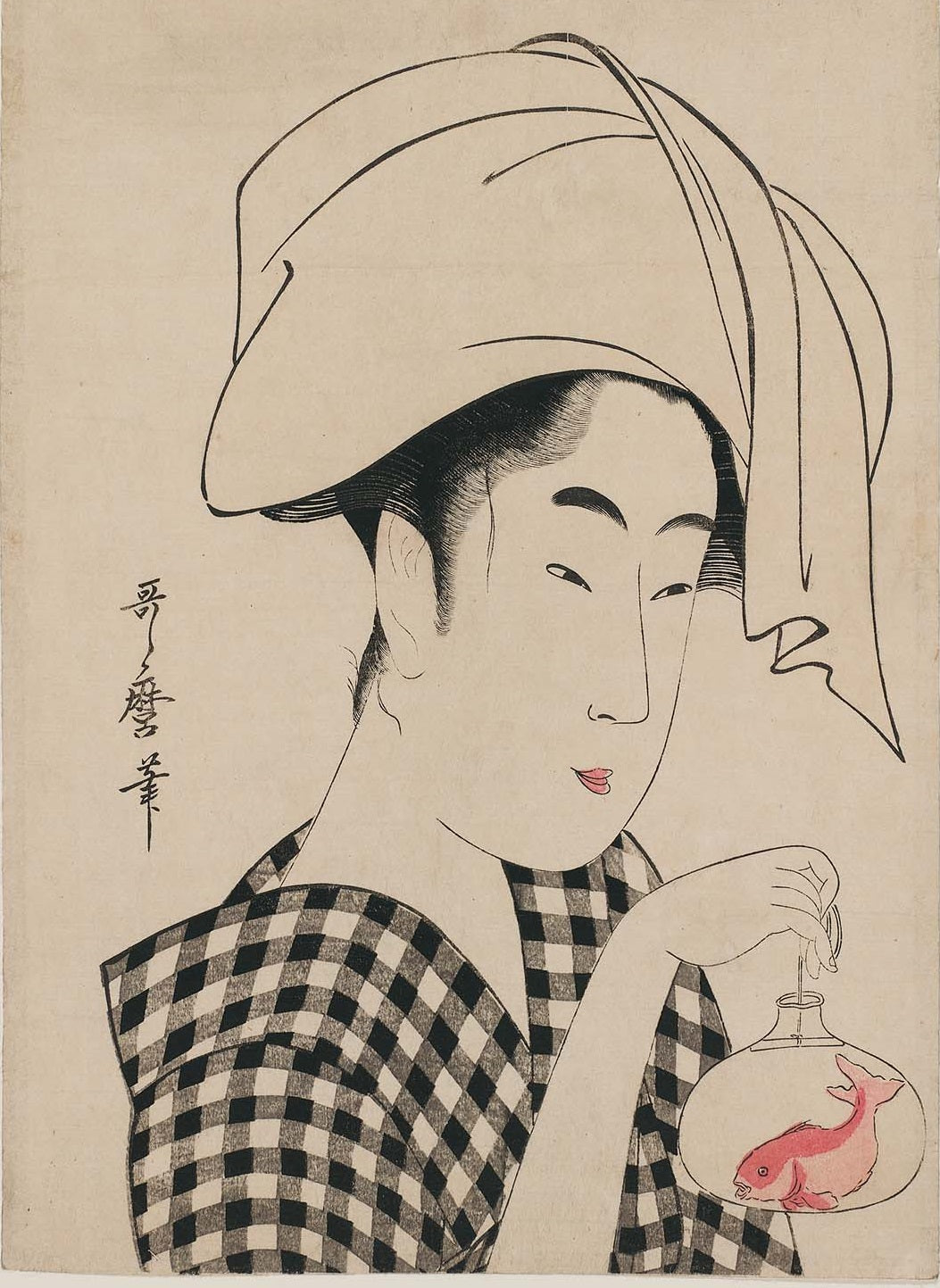This is Sakaguchi from Noren.
This year, for the first time in several years, summer festivals are being held all over the country, and the crowds are returning.
Yukata, fireworks , shaved ice, and other Japanese summer traditions are often associated with summer festivals.
Speaking of goldfish, there is a strong image of Japanese fish, but they are originally from China.
Goldfish have crossed from China to Europe and America as well as Japan. However, for some reason, it is not so popular in Europe and the United States, and it has become more popular and accepted only in Japan, surpassing its original Chinese.
Why are goldfish so loved by the Japanese and why have they become so familiar?
There must have been Japan's unique sense of values and cultural background.
Birth of goldfish and introduction to Japan
As mentioned above, goldfish are said to have originated in China.
It is an established theory that it was born by mutation of crucian carp (Hibuna) around 500 AD, about 1500 years ago.
Goldfish first came to Japan from China in the Muromachi period, about 500 years ago.
However, goldfish in those days were very rare and expensive, and were reserved for the wealthy class. It wasn't until the Edo period that ordinary people began to be able to keep them. There is also a theory that at that time, goldfish were called "Koganewo".
Until the Edo period, neither the samurai class nor the general public could afford to keep goldfish. It seems that I have been able to afford the feeling.
By the way, the oldest haiku in which goldfish appear in the Edo period is "Shinsenken Tsukuba Collection" published in 1667.
"Odoreruya Kyogen Goldfish Autumn Water"
This phrase is said to be the first phrase about goldfish.
〇 Why were goldfish loved by Japanese people?
Goldfish became popular among the general public during the Edo period, and I would like to think about why they have become so popular among Japanese people.
・The joy of admiring small things
Japanese people have been fascinated by "small things" such as bonsai, flower arrangement, issunboshi, bento boxes.
In the Edo period, goldfish were not kept in aquariums, but rather small glass bowls called kinyodama were hung for viewing.
It is said that the culture of admiring small things comes from the Japanese view of nature, which is different from that of the West. Compared to the natural climate of the West, where the climate is stable and calm, Japan is constantly exposed to the threat of earthquakes and typhoons, and has lived in awe of the mighty power of nature.
We have been cultivating a sense of beauty and the wisdom to incorporate it into our lives by deflecting the threat of the reality of "rough nature" and extracting the beautiful parts of "beautiful nature".
This temperament is sometimes negatively pointed out by foreigners as "shrink-oriented Japanese".
French Ambassador to Japan Paul Claudel
He left us with the words, ``For the people of Edo, the treasures given by nature (not nature itself) are things that you can hold in your hands, and things that you can hide in your sleeves.''
However, while the townspeople of the Edo period lived in a cramped living space of 9 shaku x 2 ken (approximately 3 tsubo), it is a very rich sensibility to find "beautiful nature" in admiring a beautiful goldfish in a goldfish ball. I think.
The perspective of trying to find the truth of the universe in small things and spaces can be said to be a truly Japanese sense of values and culture.
・It is not a natural thing, "mysteriously beautiful"
The Japanese word kirei originally came from the word kirei, and it seems that it was a word that expressed the feeling of admiring a rare appearance rather than just beauty.
During the Edo period, it is said that the ``kijinden'', which dared to evaluate people who seemed strange in the world, was popular.
The aesthetic sense of Japan is not simply an aesthetic sense of neatness, but a sense of beauty and emotion in strange and unusual things that cannot be easily explained, as if there is something hidden behind them. There seems to be something in common with
The reason why goldfish, which have a plump body without dorsal fins and look like Ranchu, is called the king of goldfish may be due to this Japanese sense of beauty.
・No Ren no Goldfish Related Items
Goldfish are familiar to Japan.
Haiku and ukiyo-e are often taken up as subjects, and it is a popular motif for Japanese patterns such as yukata.
Ren also has original goldfish pattern products for tenugui and towels.
The goldfish pattern, which can be said to be a summer tradition in Japan, please try to incorporate it into your life.


